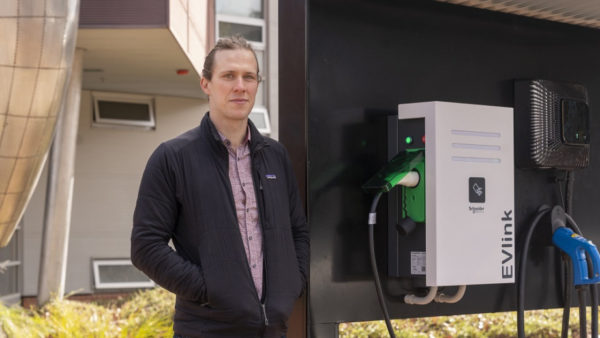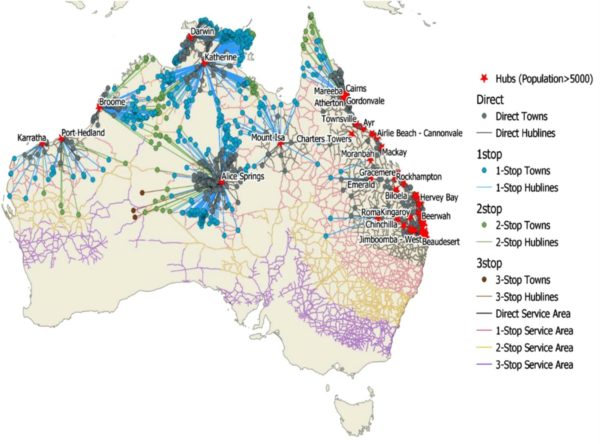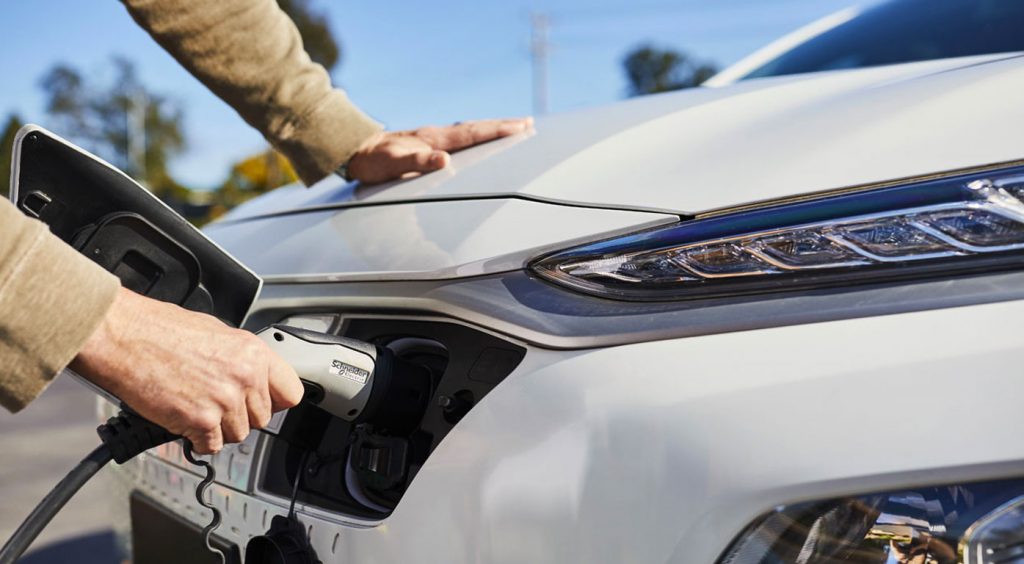Sales of electric vehicles (EVs) have surged globally in the past few years but motorists in Australia have been slower to respond, many identifying ‘range anxiety’ — or the fear of not being able to reach the next charging point – as one of the major barriers to large-scale adoption of all-electric cars.
That concern has now been allayed with researchers from the Australian National University (ANU) in Canberra saying a new study has demonstrated that EVs have the potential to tackle the long distances needed to travel to necessary services in Australia’s regional and remote areas.
The study, published in the Australian Geographer, assessed the feasibility of using EVs in remote Australia. The researchers analysed travel distances between communities and service hub towns – towns with populations of at least 1,000 that Australians living in remote areas travel to for services – utilising the current fleet of EVs and existing charging technologies.
Report co-author and research leader at ANU’s Battery Storage and Grid Integration Program Dr Bjorn Sturmberg said the study shows that more than 99% of people living in regional Australia would be able to travel to their nearest small service hub town with existing long-range EVs. For short-range vehicles, the study found 93% of regional residents would be able to make a one-way trip to the nearest service hub without having to stop to charge.

Image: Jamie Kidston/ANU
“Our results demonstrate that the utility of electric vehicles in remote communities is perhaps more feasible than might at first be expected,” Sturmberg said. “This suggests that while the barriers to the electrification of transport in remote communities are significant, they are not insurmountable and are deserving of consideration in national and state policy developments in the deployment of charging infrastructure.”
Australia has seen solid growth in EV sales over the past year with the latest data from the Electric Vehicle Council (EVC) showing there were 20,655 EVs sold in Australia last year, up by 6,900 from 2020. New EVs accounted for 2% of all new car sales in 2021, up from 0.78% in 2020.
Yet the adoption of EVs in Australia remains slow by international standards, and what policies do exist tend to focus on incentivising uptake among urban residents, potentially leaving remote communities in the “too-hard basket”.
Strumberg said EVs offer numerous advantages for those living in remote areas, including lower maintenance requirements and independence from costly, dangerous and polluting petroleum imports.
“We need to do better, electric vehicles shouldn’t be left in the too-hard basket,” Sturmberg said. “It’s an unequitable and unfair path forward if remote and regional communities are the last ones left driving diesel vehicles, especially as they will be some of the most impacted by catastrophic climate change.
“Yes the barriers are obvious – large distances, unsealed roads – but the benefits are equally obvious. It’s difficult and expensive to get diesel out to these communities, and electric engines are simpler and more robust than fuel engines.”

Image: ANU
Report co-author Dr Francis Markham said the results are encouraging but conceded some aspects need further investigation.
“For example, we still don’t have clear data on the impact of unsealed roads or different conditions on the effective range of electric vehicles,” he said. “And information on the performance of electric vehicles in very hot conditions is still lacking. However, we are confident that electric vehicles do have a place in regional and remote Australia.”
While acknowledging there are still areas to be investigated, Sturmberg said the jump in Australia’s emissions driven by transport demonstrates the need for stronger policies to accelerate Australia’s clean transport transition.
The Industry Department’s quarterly national greenhouse gas inventory released last month shows that Australia’s greenhouse gas emissions rose by 0.8% – 4.1 million tonnes of carbon dioxide – in 2021, largely attributed to transport and reliance on fossil fuels. Transport accounted for 18.6% of emissions, up 4% on the previous year. Since 1990, transport emissions are up 48.1%.
“The transport sector is responsible for 25% of global emissions and more than 18% of Australia’s greenhouse gas pollution,” Sturmberg said.
“It must rapidly decarbonise, and electric vehicles are going to be a crucial part of that decarbonisation.”
This content is protected by copyright and may not be reused. If you want to cooperate with us and would like to reuse some of our content, please contact: editors@pv-magazine.com.









1 comment
By submitting this form you agree to pv magazine using your data for the purposes of publishing your comment.
Your personal data will only be disclosed or otherwise transmitted to third parties for the purposes of spam filtering or if this is necessary for technical maintenance of the website. Any other transfer to third parties will not take place unless this is justified on the basis of applicable data protection regulations or if pv magazine is legally obliged to do so.
You may revoke this consent at any time with effect for the future, in which case your personal data will be deleted immediately. Otherwise, your data will be deleted if pv magazine has processed your request or the purpose of data storage is fulfilled.
Further information on data privacy can be found in our Data Protection Policy.